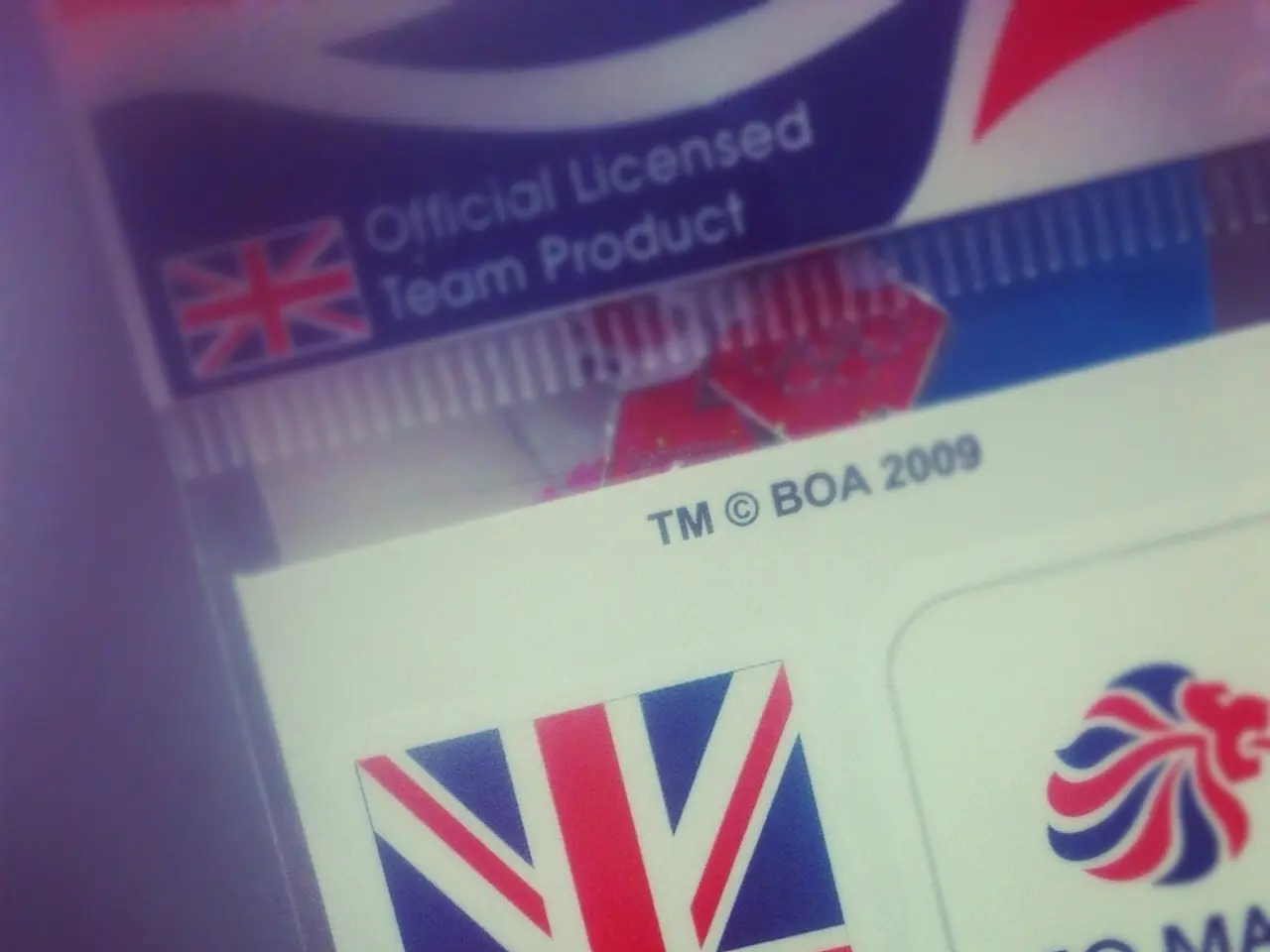Merged Spheres: Harmonious Blend of Design and User Experience Research
In the digital age, creating enjoyable and compelling user experiences is paramount for the success of any product or service. This is where UX design and UX research come into play, working together to ensure that digital products meet user needs and preferences while also aligning with business goals.
One such platform that facilitates this collaboration is Notion. It serves as a flexible knowledge base and workspace for cross-functional teams, allowing them to document user personas, research findings, usability test results, and design decisions in a centralized, searchable format.
UX research agencies gather and analyze user data through various methods such as usability testing, surveys, and behavioral metrics. They then translate these findings into actionable deliverables like user personas, journey maps, and prioritized UX recommendations that UX designers use to inform and improve design decisions.
This collaboration typically occurs in flexible models tailored to project needs. For instance, UX researchers can be embedded into the client’s team for ongoing alignment, or project-based research can be conducted for specific goals. Workshops are also held to bridge research insights with design strategy. Using modern tools like Figma, InVision, and cloud platforms, the teams iteratively refine prototypes and UX deliverables, allowing seamless feedback loops and rapid design iterations based on real user data.
The synergy between UX research and design allows teams to understand user behaviors and motivations deeply, validate assumptions with data, and prioritize features and improvements that enhance usability and meet actual user needs. This research-driven approach improves product-market fit, customer engagement, and resource allocation by grounding design decisions in evidence rather than trends or guesswork.
Usability testing is a valuable method for assessing how customers interact with a product or service, providing feedback on user preferences, behaviors, and satisfaction levels. Conversion optimization involves understanding customer needs and creating experiences that align with those requirements while driving desired actions. UX research uncovers user needs and gathers data to inform product development.
UX design incorporates elements such as color theory, typography, iconography, and animation to create visually appealing experiences. By combining these visual design elements with data from user research studies, teams can create experiences that increase customer engagement while boosting sales or generating leads.
Dovetail, for example, is a qualitative research analysis tool that enables UX researchers to store, tag, synthesize, and share insights across teams, leveraging research expertise to identify patterns and build evidence-based insights.
Companies can take advantage of efficiencies within teams by sharing resources between departments, such as user feedback, software tools, expertise, and best practices for conducting research studies. This shared resource model ensures that research doesn't live in isolation but instead actively informs every phase of the design process.
In summary, integrating UX design and research is a powerful combination that leads to successful products, services, and companies. By working together, these disciplines can unlock the full potential of user-centric design, creating digital products that are not only visually appealing but also intuitive, user-friendly, and aligned with business goals.
- In the realm of finance, understanding user preferences and behaviors through UX research can lead to improved financial products, ensuring their design is not only visually appealing but also intuitive, user-friendly, and aligned with business goals.
- Leveraging technology, modern tools like Dovetail help UX researchers analyze qualitative data, share insights across teams, and identify patterns that inform product development, boosting the efficiency of business operations and enhancing lifestyle experiences.




